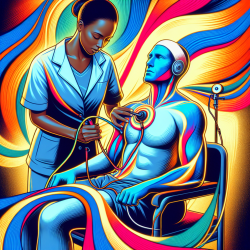Understanding the Brain's Network in Parkinson's Disease
Parkinson's Disease (PD) is primarily known for its motor dysfunctions, but recent research highlights the significant role of non-motor networks in predicting motor signs. The study titled Motor networks, but also non-motor networks predict motor signs in Parkinson’s disease reveals the intricate interplay between motor and non-motor networks in the brain, offering new insights for practitioners.
Key Findings from the Research
- Motor and Non-Motor Network Interaction: The study found that both motor and non-motor networks, such as visual and attention networks, are involved in the motor symptoms of PD. This suggests that non-motor networks may compensate for deficits in motor automaticity.
- Predictive Modeling: Using predictive modeling, the research identified significant connectivity between the somatomotor and subcortical-basal ganglia networks, somatomotor and visual networks, and cingulo-opercular and language/ventral attention networks.
- Compensatory Mechanisms: Non-motor networks might play a compensatory role, requiring more attention for tasks that were previously automatic, such as walking.
Implications for Practitioners
For practitioners working with PD patients, these findings emphasize the importance of considering both motor and non-motor networks in treatment plans. Here are some actionable steps:
- Holistic Assessment: Evaluate both motor and non-motor symptoms in PD patients to develop a comprehensive treatment strategy.
- Integrate Visual and Attention Training: Incorporate exercises that enhance visual and attention networks, potentially improving motor functions.
- Encourage Further Research: Stay updated with the latest research and consider participating in studies that explore the interaction between different brain networks in PD.
Encouraging Further Research
The study opens avenues for further research into how non-motor networks can be leveraged to improve motor functions in PD. Practitioners are encouraged to delve deeper into this area, potentially collaborating with researchers to explore innovative therapeutic approaches.
To read the original research paper, please follow this link: Motor networks, but also non-motor networks predict motor signs in Parkinson’s disease.










